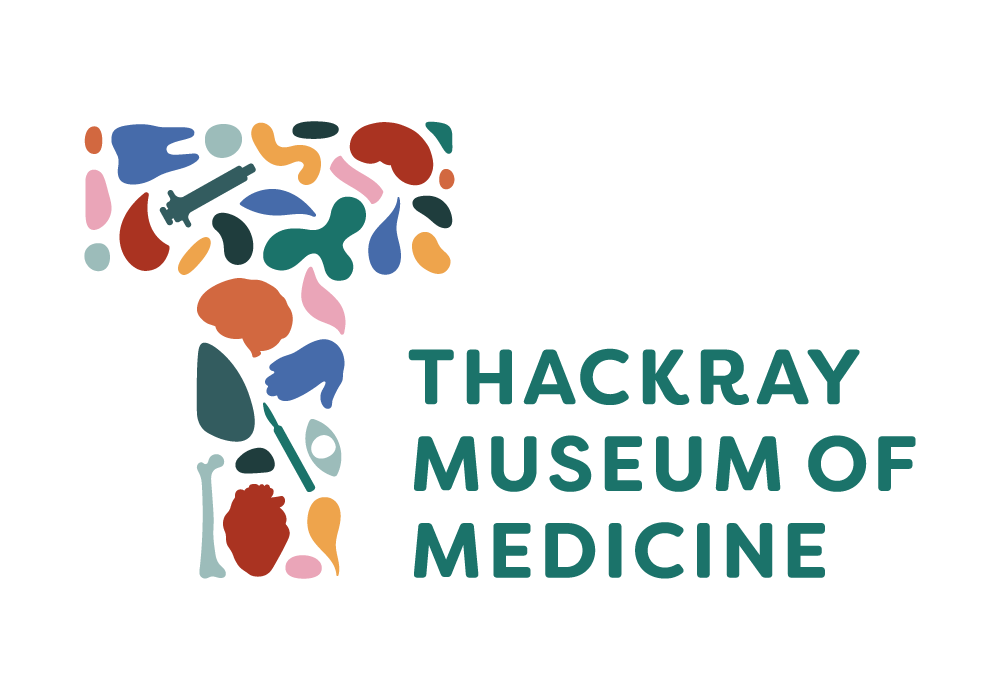Frances Oldham Kelsey (1914-2015)
One of her first cases at the FDA defined her career, and saved thousands of lives
Frances Oldham Kelsey was a pharmacologist and physician. She is credited with saving thousands of babies from the effects of thalidomide because she refused to approve the drug when she was working as reviewer for the American Food and Drug Administration (FDA).
Experience leads to expertise
Born in Canada, Kelsey trained at McGill University. She wrote to EMK Geiling asking for graduate work in the new University of Chicago Pharmacology department following her studies. Apparently, Geiling assumed Frances was a male name and gave her the job and was surprised when Kelsey turned up.
During her second year working with Geiling she worked with him on an FDA project and was able to prove that 107 deaths across 15 states were caused by diethylene glycol being used in a drug named ‘Elixir Sulfanilmide’.
Diethylene glycol is a practically odourless, sweet tasting poison which caused multiple deaths during the 20th century.
The drug company, S.E. Massengill Co, did not check the toxicity of their product. This, and other work allowed Kelsey to earn her PhD in pharmacology in 1938. She remained in Chicago as a researcher and spent the Second World War researching cures for Malaria.
The case for Kevadon
Whilst in Chicago she met her husband, Fremont Ellis Kelsey, they married in 1943. She continued to work and earned her MD in 1950. In 1960 Kelsey moved to Washington D.C. after being hired by the FDA. At that point it was quite a small organisation and she was one of 11 physicians reviewing drugs. One of her early assignments came from a company called Richardson-Merrell for their drug “Kevadon” also known as thalidomide. It was to be used as a tranquilliser and painkiller but also could be prescribed to pregnant women to reduce morning sickness.
Thalidomide was initially marketed in 1957 in West Germany as an over-the-counter drug for anxiety, sleep and morning sickness. By the time this proposal reached Kelsey’s desk, thalidomide had already been approved for use in Canada and more than 20 European and African counties, including the UK.
[Image: Thackray Collection] In the UK, thalidomide was licensed in 1958 under the name Distaval
A confidence that saved lives
Despite the fact it had been approved elsewhere, and under extreme pressure from the manufacturer, Kelsey did not budge, she was not willing to approve the drug without first insisting that more testing was done.
She’d learnt during her malaria studies in Chicago that some drugs can cross the placental barrier from mother to foetus.
She demanded tests to show this was not the case for thalidomide. She also persisted in getting further information on an English study that suggested peripheral neuritis (damage to nerves outside the brain or spinal cord) could be a side effect of the drug.
She was right to insist on further testing. In 1961 it became clear that birth defects were linked to thalidomide and it was removed from the European market almost immediately. It is estimates that around 10,000 people were affected and 40% of affected babies died around the time of birth.
Kelsey had been right to insist on proper testing. She was hailed as a heroine in the USA for saving babies from the effects of thalidomide. In 1962, new drug laws were passed following the thalidomide scandal which brought in stricter tests and controls for the introduction of new drugs. That same year Kelsey became the second woman to be awarded the President's Award for Distinguished Federal Civilian Service by President John F. Kennedy.
[Credit: HelmaReenberg, YouTube]
Kelsey continued to work for the FDA until she retired at the age of 90 in 2005.


![[Image: Thackray Collection] In the UK, thalidomide was licensed in 1958 under the name Distaval](https://images.squarespace-cdn.com/content/v1/5eaacad76ccfea6d0d5e2e7d/1592482586256-JIMYD3T0ASKAEZB1PY7X/thackray_23+WHITE.jpg)

